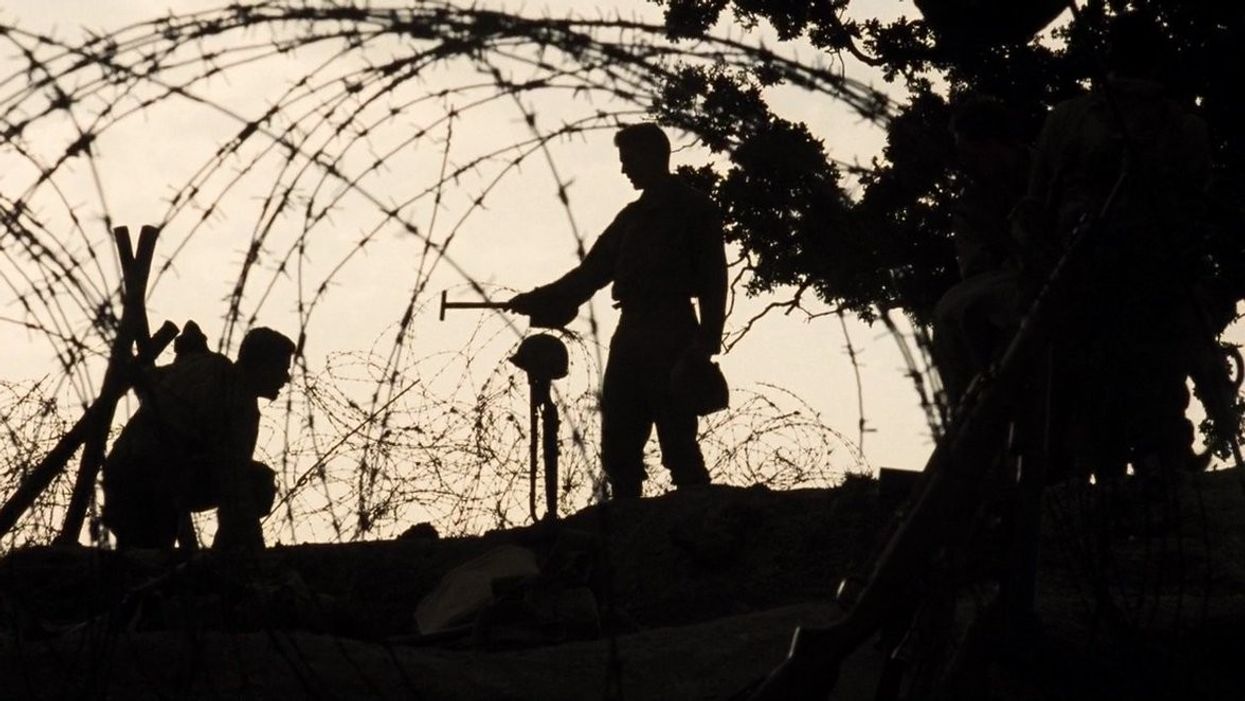How Does Steven Spielberg Use Aspect Ratio? [Infographic]
Steven Spielberg is a master of cinema who transports us to magical times and places all through the use of...similar aspect ratios across decades?

I'm a certified Spielberg nut. I love everything he does in its own way and there's nothing better than going to the theater to see his work. It's like church. But better hymns. One thing I don't always notice is the aspect ratio that Spielberg decides to shoot within every one of his films. But someone keeps an eye on it.
Todd Vizari is a blogger and FX guru who put together this useful infographic breaking down Steven Spielberg's use of aspect ration and his collaboration with cinematographers.

Some cool notes Todd Viziri points out are that:
- Spielberg began his heralded career with no less than five anamorphic films in a row (The Sugarland Express, Jaws, Close Encounters of the Third Kind, 1941, and Raiders of the Lost Ark).
- After Raiders, 14 out of his next 18 films were shot in 1.85 aspect ratio with spherical lenses.
- With 1993's Schindler's List, Spielberg began his relationship with cinematographer Janusz Kaminski. Kaminski and Spielberg have now collaborated on 14 films in a row
- All five of Spielberg's recent films have all been photographed in the 2.35 aspect ratio; all but one were shot with spherical lenses (Super35). The lone anamorphic film was Indiana Jones and the Kingdom of the Crystal Skull.
Todd made this infographic in 2013. So I went to IMDB to see how Spielberg has added to this list.
- The BFG
- DP: Janusz Kaminski
- Aspect Ratio: 2.39 : 1
- Bride of Spies
- DP: Janusz Kaminski
- Aspect Ratio: 2.39 : 1
- The Post
- DP: Janusz Kaminski
- Aspect Ratio: 1.85 : 1
- Ready Player One
- DP: Janusz Kaminski
- Aspect Ratio: 2.39 : 1
I think it's pretty great to see that aspect ratio goes into the themes of most of his work. And that Spielberg is not afraid to use older techniques or different formats to keep movies like Indiana Jones looking consistent. The same goes for The Post, which feels like a throwback in every sense of the story but also in the aspect ratio he used.
Another thing we see is the scope and scale of the stories he's telling. Steven Spielberg is synonymous with massive movie-going experiences, so his format tends to reflect that at every turn.
It will be interesting to keep an eye on West Side Story to see where Spielberg is heading for future releases.
What's next? An Aspect Ratio Guide for You!
Whether you're watching a show on your iPhone, setting up your new 70in 4K television, or sitting your butt in a theater, aspect ratio matters. The aspect ratio refers to the size of the image displayed on your screen. While this sounds technical, aspect ratios can help storytellers add another layer to their repertoire. Also, for independent filmmakers and huge studio directors, the right aspect ratio can attract more viewers and create a buzz around your film or TV show.
There's a lot to learn when it comes to aspect ratios. Like which aspect ratios matter in social media and which aspect ratios make sense for Netflix and Amazon versus theatrical.
So strap in and let's talk aspect ratios in film and TV!
Source: FX Rant












